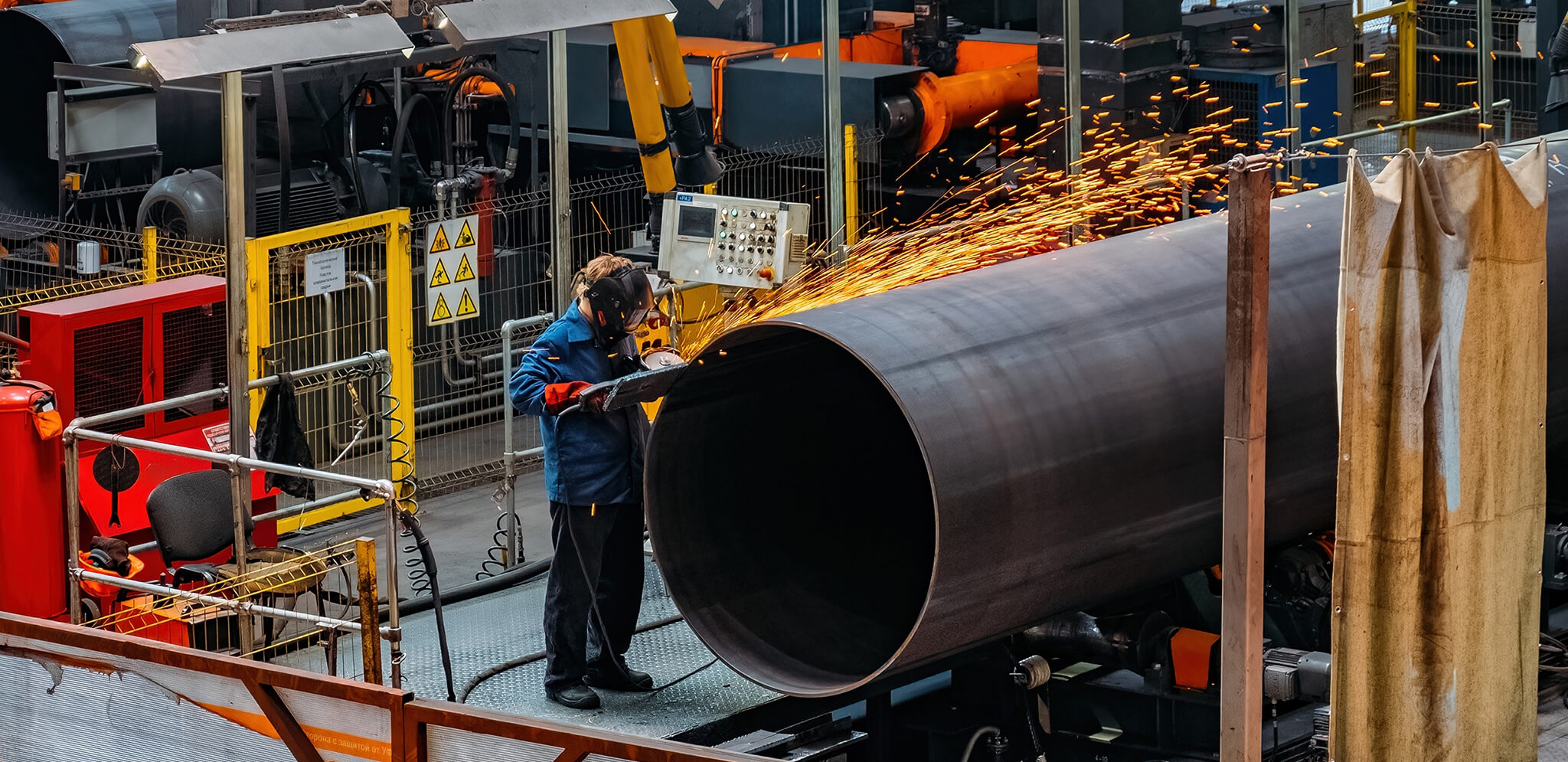When it comes to choosing between plastic and iron fittings for your project, there are a few important factors to consider. Both materials have their own unique advantages and disadvantages, so it’s important to weigh them carefully before making a decision. In this post, we’ll take a closer look at both plastic and iron fittings and help you determine which one is the best fit for your project.
Plastic Fittings
Plastic fittings are a popular choice for a variety of applications, including plumbing, irrigation, and even some industrial settings. There are several advantages to using plastic fittings, including:
- Cost-effective: Plastic fittings are generally less expensive than their iron counterparts, making them a great choice for projects with tight budgets.
- Lightweight: Plastic fittings are much lighter than iron fittings, which can make them easier to install and transport.
- Corrosion-resistant: Unlike iron fittings, plastic fittings are not susceptible to rust or corrosion, which can be a major advantage in certain environments.
- Easy to install: Plastic fittings typically require less specialized knowledge and tools to install than iron fittings, which can save time and money on installation costs.
While plastic fittings have many advantages, there are also some potential drawbacks to consider. For example:
- Lower temperature resistance: Plastic fittings may not be suitable for high-temperature applications, as they can melt or deform at higher temperatures.
- Lower pressure ratings: Plastic fittings may not be able to withstand the same level of pressure as iron fittings, which can limit their use in certain applications.
- Limited durability: While plastic fittings are generally quite durable, they may not last as long as iron fittings in some applications.
Iron Fittings
Iron fittings have been used for centuries in a wide range of applications, from plumbing to construction to manufacturing. There are several advantages to using iron fittings, including:
- High strength: Iron fittings are extremely strong and durable, making them ideal for applications that require high pressure or heavy loads.
- High temperature resistance: Iron fittings can withstand high temperatures without melting or deforming, which makes them a great choice for high-temperature applications.
- Long lifespan: Iron fittings can last for decades or even centuries with proper care and maintenance, making them a great long-term investment.
While iron fittings have many advantages, there are also some potential drawbacks to consider. For example:
- Corrosion-prone: Iron fittings are susceptible to rust and corrosion, which can lead to leaks and other problems over time.
- Heavy: Iron fittings are much heavier than plastic fittings, which can make them more difficult to install and transport.
- Expensive: Iron fittings are generally more expensive than plastic fittings, which can make them a less attractive option for projects with tight budgets.
Choosing the Right Fittings for Your Project
When it comes down to it, the choice between plastic and iron fittings will depend on a variety of factors specific to your project. Here are some key questions to ask when making your decision:
- What is your budget? If you’re working with a tight budget, plastic fittings may be the more cost-effective option.
- What is the temperature range of your application? If you’re working with high temperatures, iron fittings may be the better choice.
- What is the pressure rating of your application? If you need high-pressure capabilities, iron fittings may be the better choice.
- What is the expected lifespan of your project? If you’re looking for a long-term investment, iron fittings may be the better choice due to their durability and longevity.
Ultimately, the choice between plastic and iron fittings will depend on your specific needs and requirements. By carefully considering the advantages and disadvantages of each material and asking the right questions, you can make an informed decision that will help ensure the success of your project.

